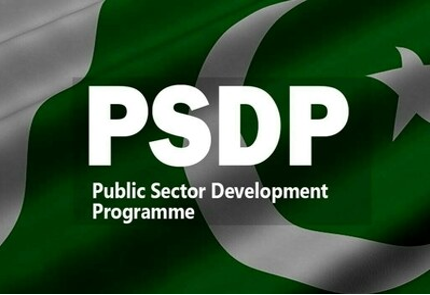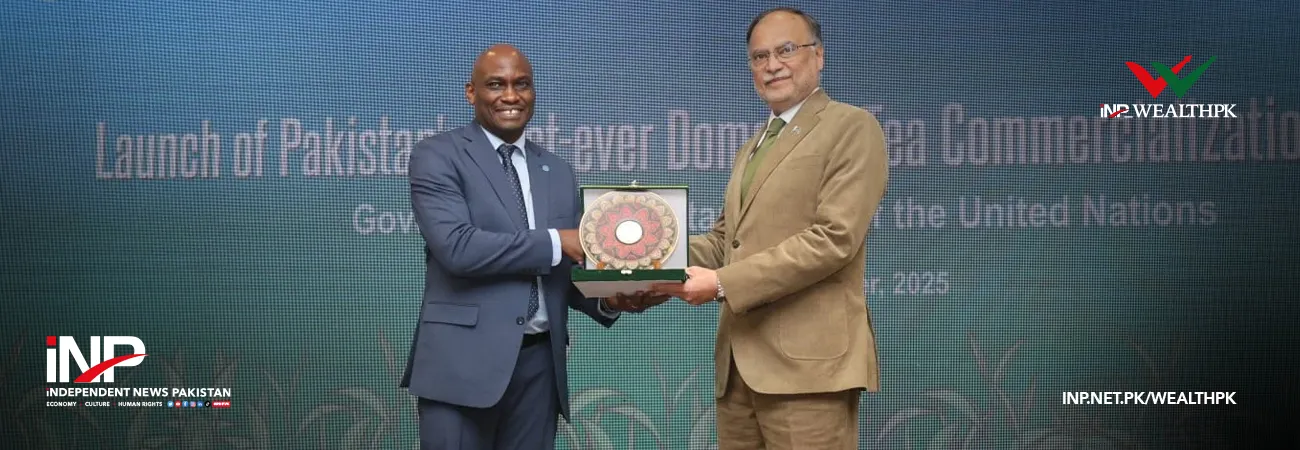INP-WealthPk
Ayesha Saba
The planning ministry has called for revising the current PSDP fund release strategy to avoid year-end expenditure rushes and delays in the execution of projects.

In a recent development review meeting, Federal Minister for Planning Ahsan Iqbal noted that under the current policy, 15% is released in the first quarter. He said discussions were on with the finance ministry to adjust the current distribution, as the existing allocation of 40% in the last quarter tends to cause a rush in expenditure. To address this, a revised proposal is under consideration, which recommends allocating 30% of funds in the last quarter and distributing the remaining 10% evenly between the second and third quarters.
“These measures reflect our resolve to implement a more consistent and equitable fund release strategy that aligns resources with the country’s most pressing development needs,” said the minister. According to the documents available with WealthPK, the National Economic Council (NEC) approved the Federal PSDP 2025-26 on June 4, 2025, with a total outlay of Rs1,000 billion, including a foreign loan rupee cover of Rs229 billion.
The Finance Division in pursuance of the provisions of the Public Finance Management Act, 2019 and Financial Management & Powers of Principal Accounting Officers Regulations, 2021, issued the funds release strategy for Development Budget FY2026 for implementation on 9th July wherein it set a quarterly release strategy at 15% in Q1, 20% in Q2, 25% in Q3, and 40% in Q4. The planning ministry, accordingly, authorized Rs141 billion in the first quarter of FY2026 to ministries/divisions during July 2025.
However, the minister stressed that in light of the current fiscal constraints, no unnecessary new projects should be initiated, and the completion of ongoing projects must be prioritized, particularly of those at advanced stages or of immediate national importance. This approach is expected to improve the execution timelines, strengthen fiscal discipline, and ensure that critical development priorities are implemented without administrative bottlenecks.
Credit: INP-WealthPk













